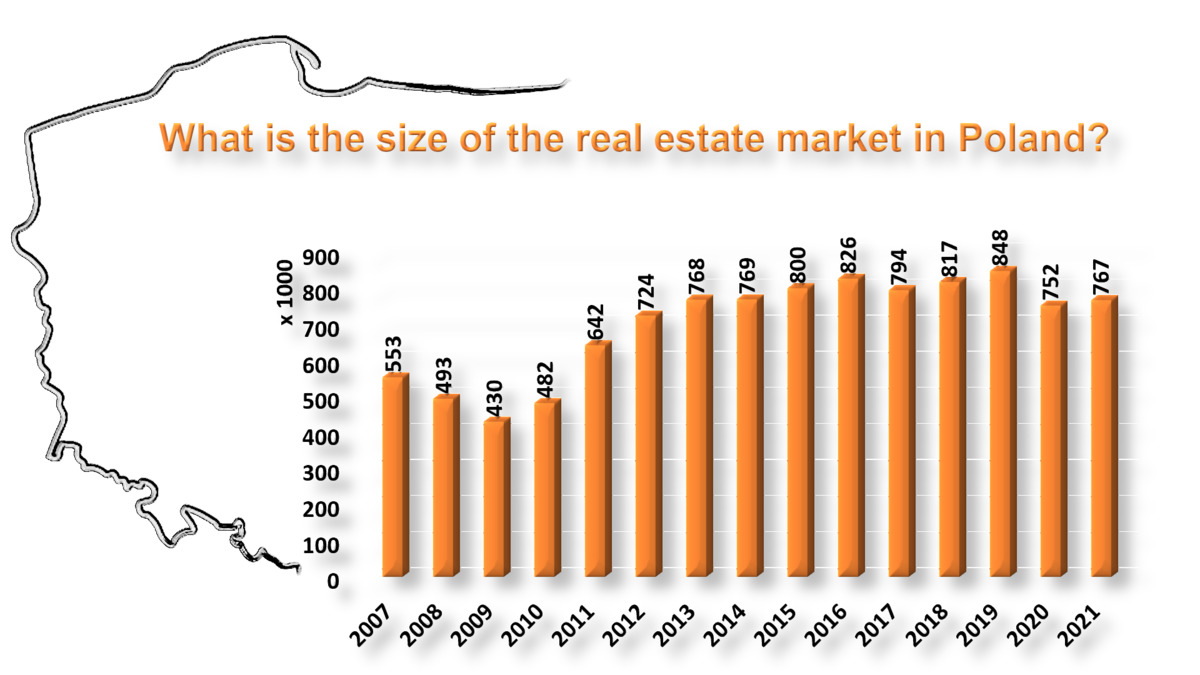Current issue
Online first
Archive
About the Journal
Aims and scope
Editorial Board
International Editorial Board
List of Reviewers
Abstracting and indexing
Ethical standards and procedures
REMV in Social Media
Contact
Instructions for Authors
Instructions for Authors
Manuscript formatting template
Title page
Highlights
Payments
‘Ghostwriting’ and ‘Guestauthorship’
Guidelines for Referees
The size of the rental housing segment in Poland and its main determinants
1
Department of Social Sciences, Calisia University, Poland
2
Faculty of Economics and Business Administration, Vilnius University, Lithuania
Submission date: 2023-04-03
Final revision date: 2023-06-27
Acceptance date: 2023-08-11
Publication date: 2024-03-06
Corresponding author
REMV; 2024;32(1):49-57
HIGHLIGHTS
- the aim of the research was to estimate the size of the rental segment in Poland
- the research was performed out using Eurostat statistical data
- we have developed a method that allows us to estimate the size of the rental segment
- we estimated the size of the apartment rental segment at 766,900 apartments in 2021
KEYWORDS
TOPICS
ABSTRACT
Our research into the fast-growing segment of the rental market fits perfectly with the current wave of excitement. In this research, we attempt to answer a fundamental question: how large is the rental segment in Poland? To our surprise, the answer to this key question remains wrapped in mystery, with an absence of continuous studies disclosing its true size.
Undaunted, in this paper we took up the challenge to develop a method that would give us a clear answer. Using Eurostat statistics, we develop a methodological framework for estimating the size of the rental segment. We acknowledge that Eurostat data possesses certain limitations, yet serves as a valuable resource for fulfilling our goal under the proposed methodology. In our approach, we determine the size of Polish rental segment between 2007 and 2021. To validate our findings, we dived into the complex relationship between the size of the rental segment and households. Applying linear regression, we sought to unravel the main determinants influencing not only the overall housing market but also the dimensions of the puzzling rental segment. The proposed method proves to be successful and answers the research question. However, it is important to emphasize that the presented results are estimates that give an impression of the elusive size of the rental housing segment and not exact measurements. Moreover, the flexibility of the proposed methodology is promising and allows similar studies to be conducted in different geographical contexts.
Share
RELATED ARTICLE
We process personal data collected when visiting the website. The function of obtaining information about users and their behavior is carried out by voluntarily entered information in forms and saving cookies in end devices. Data, including cookies, are used to provide services, improve the user experience and to analyze the traffic in accordance with the Privacy policy. Data are also collected and processed by Google Analytics tool (more).
You can change cookies settings in your browser. Restricted use of cookies in the browser configuration may affect some functionalities of the website.
You can change cookies settings in your browser. Restricted use of cookies in the browser configuration may affect some functionalities of the website.



